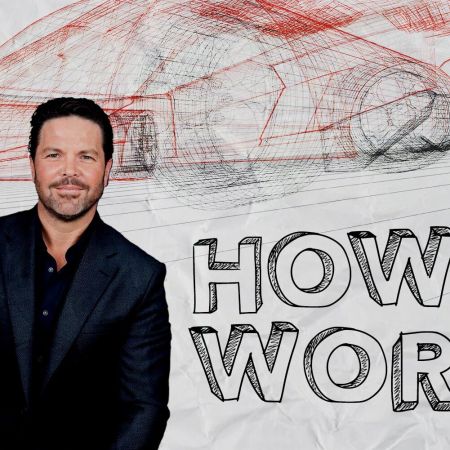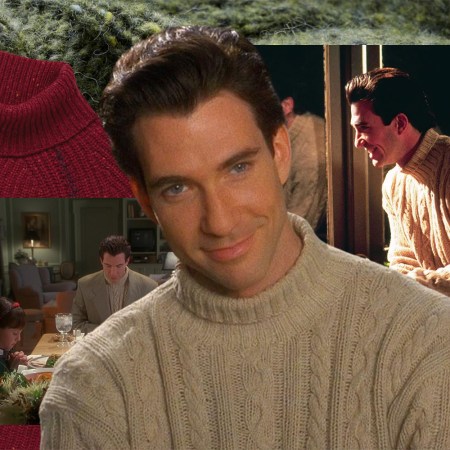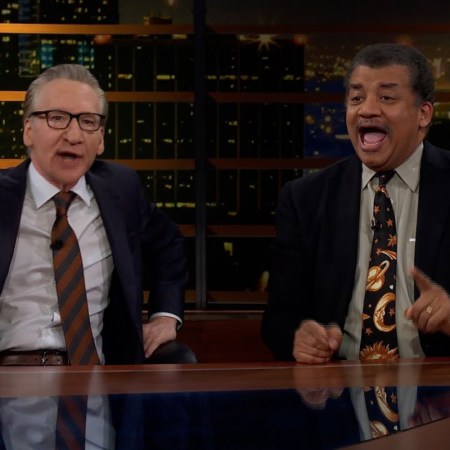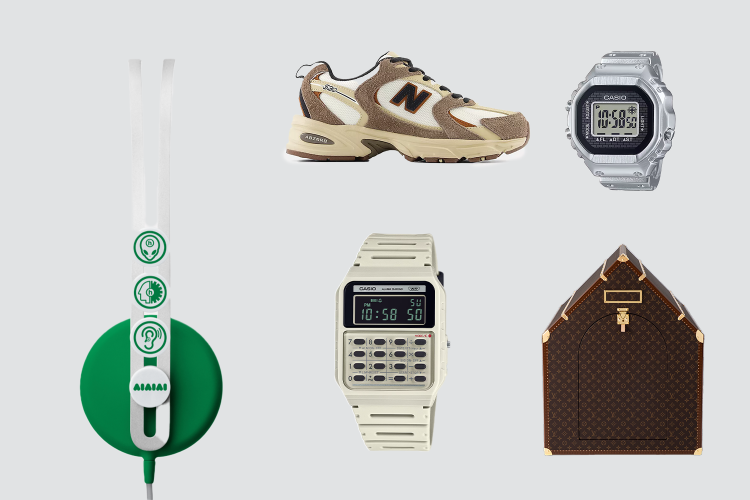Short men are used to not fitting in.
… their clothes, we mean.
And while there’s an established and growing industry dedicated to the Big and Tall, adult men who fall under the national average of 5’9″ — which, by the way, is roughly 30 million men in the U.S. alone — are, ahem, short on options when it comes to clothes especially tailored to their build.
That simple pain point is what Peter Manning had in mind when he launched a clothing line exclusive for men under 5’8” back in 2012. Since then, the man has been peddling classic menswear to what he calls the “not-so-tall guy,” offering threads cut and sewn specifically for diminutive dudes.
Safe to say the man gets a lot of queries.
So we sat down with Manning to get some insight on the most common questions he gets from his customers, and how he goes about answering them.
Jeff Hansen (left) and Peter Manning (right), founders of Peter Manning NYC
InsideHook: How should my clothes fit in general?
Peter Manning: You should always aim to wear close-fitting (but not tight) clothing. Avoid baggy clothes at all costs!
IH: What are some crucial things to get right, fit-wise?
PM: Proper sleeve length is key on shirts, sweaters, tailored clothing and outerwear. Shirts should end at the wrist, leaving a bit to peek out from under blazers and sweaters. Outerwear can range from your wrist to the bottom of your thumb but it should go no lower than that.
IH: Any other rules about shirts?
PM: Always go for slimmer sleeves (no pirate arms!) and make sure the details are all in-scale; such as collar and pocket size, placket width, button placement and cuff width. Trust your eyes, not the label — just because a shirt says “slim” or the sleeves are shorter does not mean the whole shirt has been rescaled.
IH: Can “not-so-tall” guys wear shirts untucked?
PM: Yes, but your shirt can’t be too long. An untucked shirt should fall somewhere below the waist to about halfway down your zipper. If the shirt falls below your crotch, you’re better off keeping it tucked in.
IH: What is the best way to wear color and pattern?
PM: Monochromatic colors look best. Beware of sharp contrasts above and below the belt — they’ll cut you in half visually. Patterns should be small in scale (gingham, checks, etc.). Vertical patterns work well, but bold or block horizontal patterns should be avoided.”
IH: Should I accessorize?
PM: Definitely. A well-dressed man should always have excellent accessories. Keep them simple, aim for the highest quality you can, and make sure they’re the correct scale for your form. Staple accessories include a great watch (not oversized), a well-made belt (not too wide), and bags and briefcases (13″ x 10″ is ideal).
IH: What should I look for in a tie?
PM: Ties for shorter guys should not be more than 2 3/4″ at the their widest point. This size will always be in style. Narrower ties can look great but their popularity rises and falls with trends — always be mindful of when a trend has run its course. Never wear a tie wider than 3″, no matter what the trend of the day is. Remember: you can always have a favorite tie narrowed and shortened. Never tie a tie so that it falls below your belt. If you can’t find a tie that is shorter, learn to tie a double windsor knot to hide some length, or conceal the longer back blade of the tie in your shirt.
IH: I love my comfy pleated pants. Should I keep them?
PM: In a word, no. Pleated pants just don’t work on shorter guys. Period.
IH: What else do I need to know about pants?
PM: Wear your pants as slim at you can. It may take some getting used to, but nothing works better for “not-so-tall” guys than a slimmer legged pant. Always wear a shorter to medium rise and avoid too big a break at the ankle. Little to no break is best.
IH: What about outerwear?
PM: Length is crucial. Shorter and proper-fitting coats and jackets elongate the legs. Sleeves should come to the bottom of your wrist and longer coats should hit mid-to-lower thigh. Shorter-style jackets should come to your waist or just below. Avoid puffy, rounded bomber-style jackets. Always go for the slimmest style possible.
IH: What about warm weather wear?
PM: Shorts should never come below your knees. In fact, ideally your shorts will fall an inch or so above the knee cap. Oversized tees and polos are no good. Slim and shorter tees and polos with well-scaled collars will work best.
IH: Any tips on tailored clothing?
PM: Yes! First, length is crucial, of course. You can never shorten a suit jacket, or blazer, so always make sure that it is the right length to start. The jacket should fall as close as possible to where the thumb meets the hand. That will be hip-high for most men, but also remember that if a jacket falls below the crotch, it’s too long. Make sure the jacket has narrower lapels (should be close to tie width) and the right button stance (i.e. not too low). Patterns should be smaller and subtle. Double breasted jackets are not recommended. Slimmer pants should be worn with a slight break at the shoe.
IH: Speaking of shoes … what about them?
PM: Good shoes are important. A slimmer sneaker is better than an oversized gym shoe. A classically rounded toe is best for dress shoes. Avoid an overly pointed toe or a square toe shoe. Classic Brown, Cordovan or Black is best.
And remember: always wear it with confidence.
Images courtesy of Peter Manning
This article was featured in the InsideHook newsletter. Sign up now.























